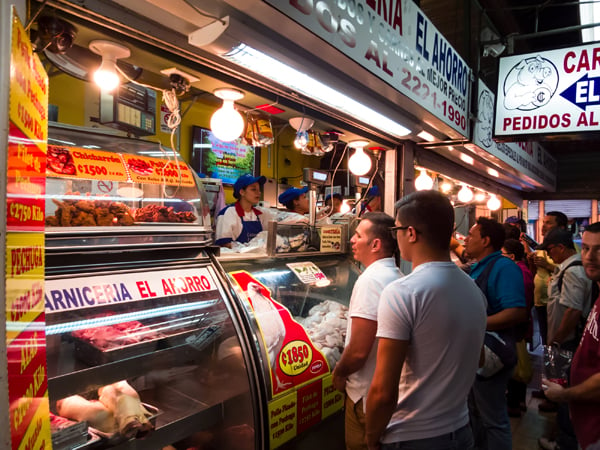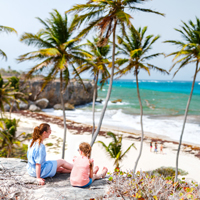
1. Understanding the Driving Culture
Driving in San Jose can be a challenging experience for newcomers. The traffic can be heavy, especially during rush hours, and local drivers are known for their aggressive driving style. It’s not uncommon to see drivers ignoring traffic rules, such as running red lights or not using turn signals. Therefore, it’s important to drive defensively and always be aware of your surroundings.
2. Choosing the Right Car
Given the condition of some roads in Costa Rica, especially in rural areas, a 4×4 vehicle is often recommended. However, in San Jose, a regular car should suffice. It’s also worth noting that manual transmission cars are more common and usually cheaper to rent or buy than automatic cars.
3. Parking in San Jose
Finding parking in San Jose can be difficult, especially in the city center. Most parking spaces are metered, and the cost can add up quickly. There are also private parking lots available, but these can be quite expensive. Always make sure to park in a safe area and never leave valuables in your car.
4. Driving with an International License
Foreigners can drive in Costa Rica with an international driving license for up to three months. After that, you will need to obtain a Costa Rican driving license. It’s also important to always carry your passport or a copy of it, as well as your driver’s license, when driving.
5. Obtaining a Costa Rican Driving License
To get a Costa Rican driving license, you will need to go to the Road Safety Council (COSEVI) with your valid foreign license, passport, and a medical examination certificate. The medical exam can be done at clinics near the COSEVI offices. Note that the process can be time-consuming and it’s recommended to bring a Spanish-speaking friend or hire a translator if you don’t speak Spanish.
6. Road Conditions
While main roads in San Jose are generally in good condition, some side streets can be poorly maintained with potholes and uneven surfaces. Be cautious when driving, especially during the rainy season when roads can become slippery.
7. Navigating the City
Street signs in San Jose can be confusing or non-existent, and addresses are often given in relation to landmarks rather than street names. It’s recommended to use a GPS or a navigation app on your smartphone to help you find your way around the city.


